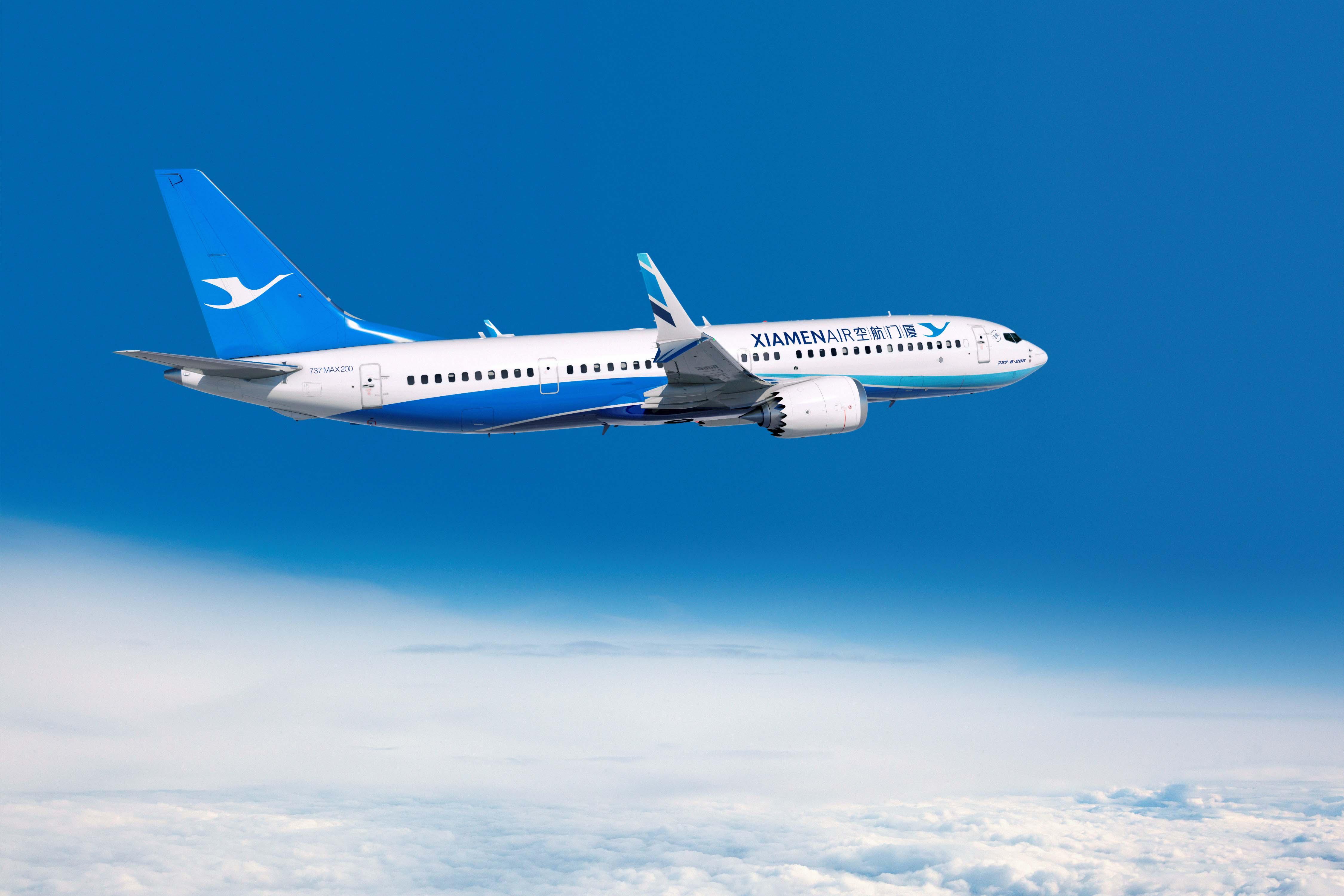737 MAX Recovering, But Production-Rate Target Ambitious, Analyst Says

Boeing’s 737 MAX program recovery is hitting its marks as airlines work more of the narrowbody twins back into fleets and deliveries ramp up, but the macro demand picture likely will not support the company’s current production-rate outlook, a Canaccord Genuity analysis said.
“We believe Boeing will eventually lower its planned MAX production schedule,” analyst Ken Herbert wrote in a March 4 research note.
Boeing’s current 737 production plan has it ramping up steadily to reach 31 aircraft per month in early 2022. Canaccord believes the rate will not surpass 30 until sometime in 2023. Boeing has not disclosed the current monthly production rate, but it is believed to be in the low double digits.
In the meantime, Boeing will continue to focus on moving more than 450 MAXs built but not delivered during the model’s 21-month grounding. Deliveries restarted in early December 2020, and Canaccord projects that about 70 MAXs had been delivered through the end of February—most of them from the stored inventory.
“The delivery pace is ahead of our initial expectations,” Herbert wrote. “While we believe MAX production levels will lag the stated goal of 31/month in early 2022, MAX deliveries appear on pace to see the ~450 inventory largely worked down by the end of 2022.”
Airlines are steadily adding Boeing 737 MAX-family aircraft to their flight schedules as regulators lift their bans on the model. As of March 2, 12 carriers were operating 87 737-8s and -9s, Boeing figures showed. The fleet had logged more than 7,500 revenue flights and 17,500 flying hours. The totals are steadily climbing as more airlines meet regulatory requirements to train pilots, update flight control computer (FCC) software, and add aircraft to their schedules.
While regulators in several jurisdictions, including India and Singapore, have not yet signed off on the 737 MAX’s return, Civil Aviation Administration of China (CAAC) approval remains Boeing’s largest hurdle. Chinese operators had nearly 100 737 MAXs in service when the 387-aircraft fleet was grounded in March 2019 following two fatal accidents in five months—the most of any country. CAAC officials are working with the FAA and Boeing but have not indicated when their ban may be lifted.
Herbert is confident that China will approve the 737 MAX in the 2021 second quarter, clearing the way for more fleet activity.
“We expect MAX flight activity to increase in line with the broader air traffic recovery,” Herbert said. “MAX utilization should be robust, especially if [oil] prices remain relatively elevated and the travel recovery in H2/21 and into 2022 reflects what we believe is strong, pent-up demand.”





